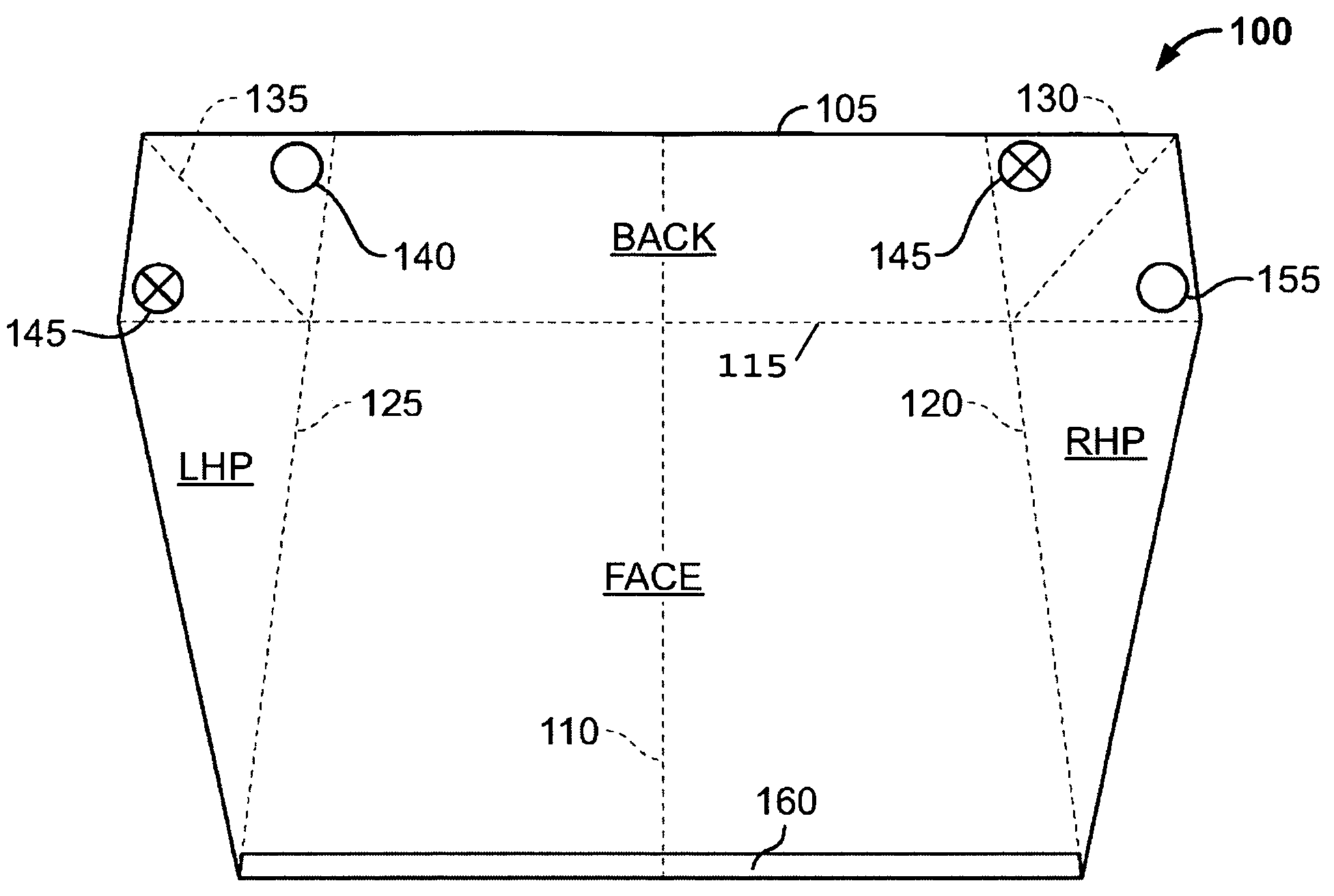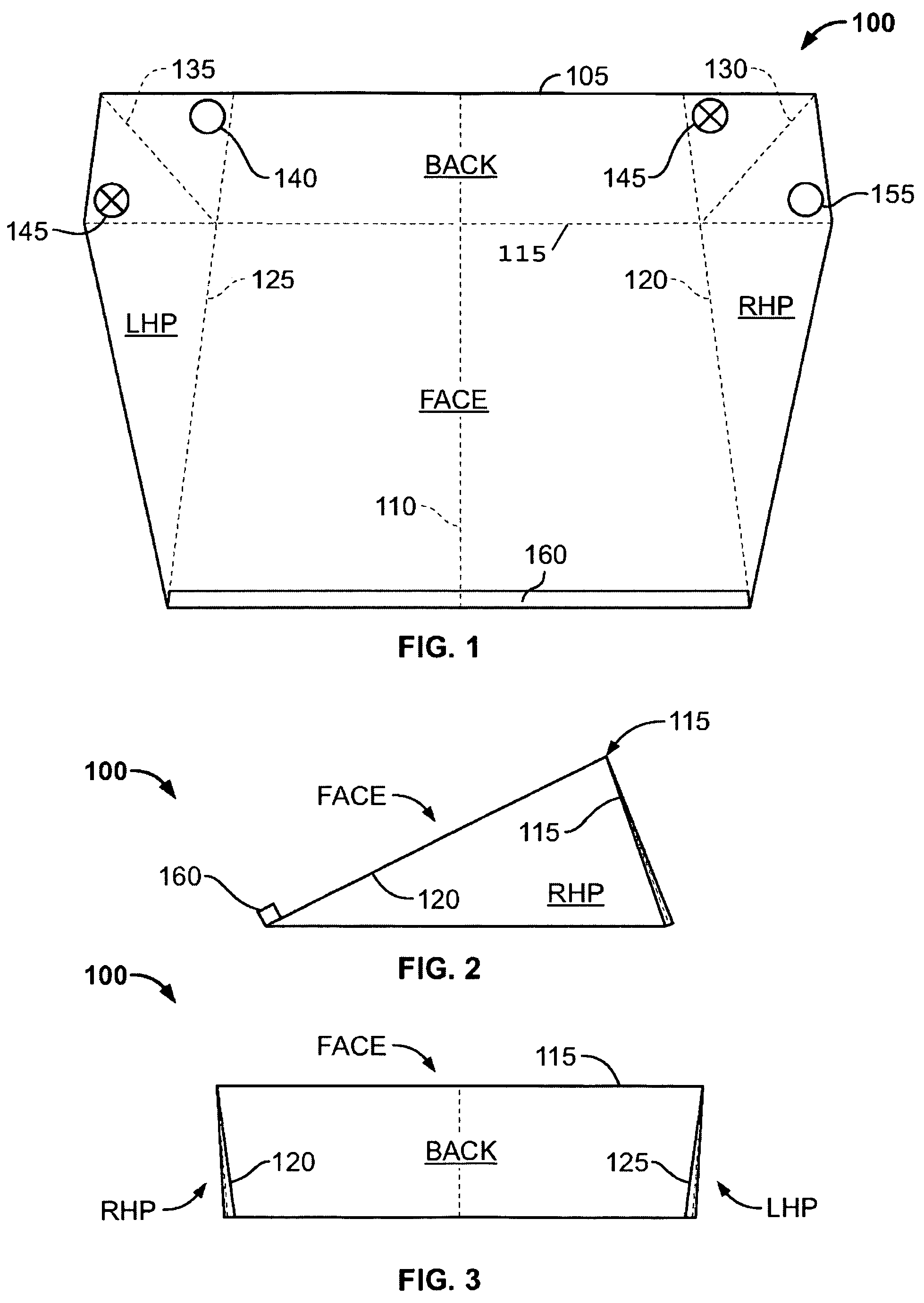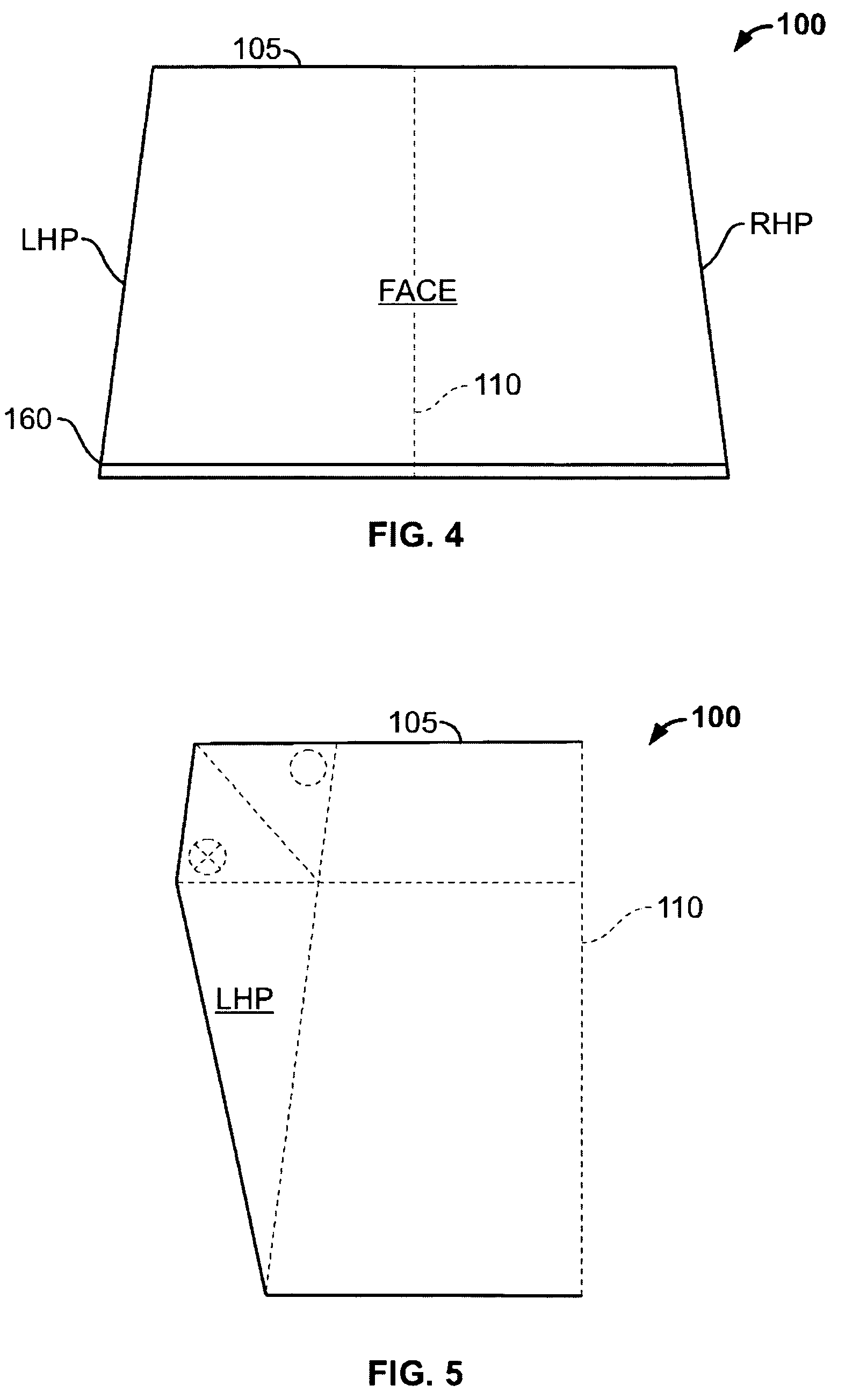Notebook computer folding ergonomic pad
a notebook computer and ergonomic technology, applied in the field of ergonomics, can solve the problems of poor ergonomics, back and neck strain, notebook computers running hot, physical damage to users, etc., and achieve the effect of cooler environment for notebook computers and more ergonomic environment for notebook computer users
- Summary
- Abstract
- Description
- Claims
- Application Information
AI Technical Summary
Benefits of technology
Problems solved by technology
Method used
Image
Examples
Embodiment Construction
[0033]The following description is presented to enable one of ordinary skill in the art to make and use the invention and is provided in the context of a patent application and its requirements. Various modifications to the preferred embodiment and the generic principles and features described herein will be readily apparent to those skilled in the art. Thus, the present invention is not intended to be limited to the embodiment shown but is to be accorded the widest scope consistent with the principles and features described herein.
[0034]Some embodiments of the invention include a mostly flat surface with pre-creased areas that allow these areas to fold up creating a three-dimensional shape that acts as a stand to raise a notebook computer to a more comfortable and more ergonomic position. Embodiments of the invention may be made of materials that dissipate heat from the notebook computer and / or insulate the user from heat generated by the computer. Furthermore, embodiments of the i...
PUM
 Login to View More
Login to View More Abstract
Description
Claims
Application Information
 Login to View More
Login to View More - R&D
- Intellectual Property
- Life Sciences
- Materials
- Tech Scout
- Unparalleled Data Quality
- Higher Quality Content
- 60% Fewer Hallucinations
Browse by: Latest US Patents, China's latest patents, Technical Efficacy Thesaurus, Application Domain, Technology Topic, Popular Technical Reports.
© 2025 PatSnap. All rights reserved.Legal|Privacy policy|Modern Slavery Act Transparency Statement|Sitemap|About US| Contact US: help@patsnap.com



